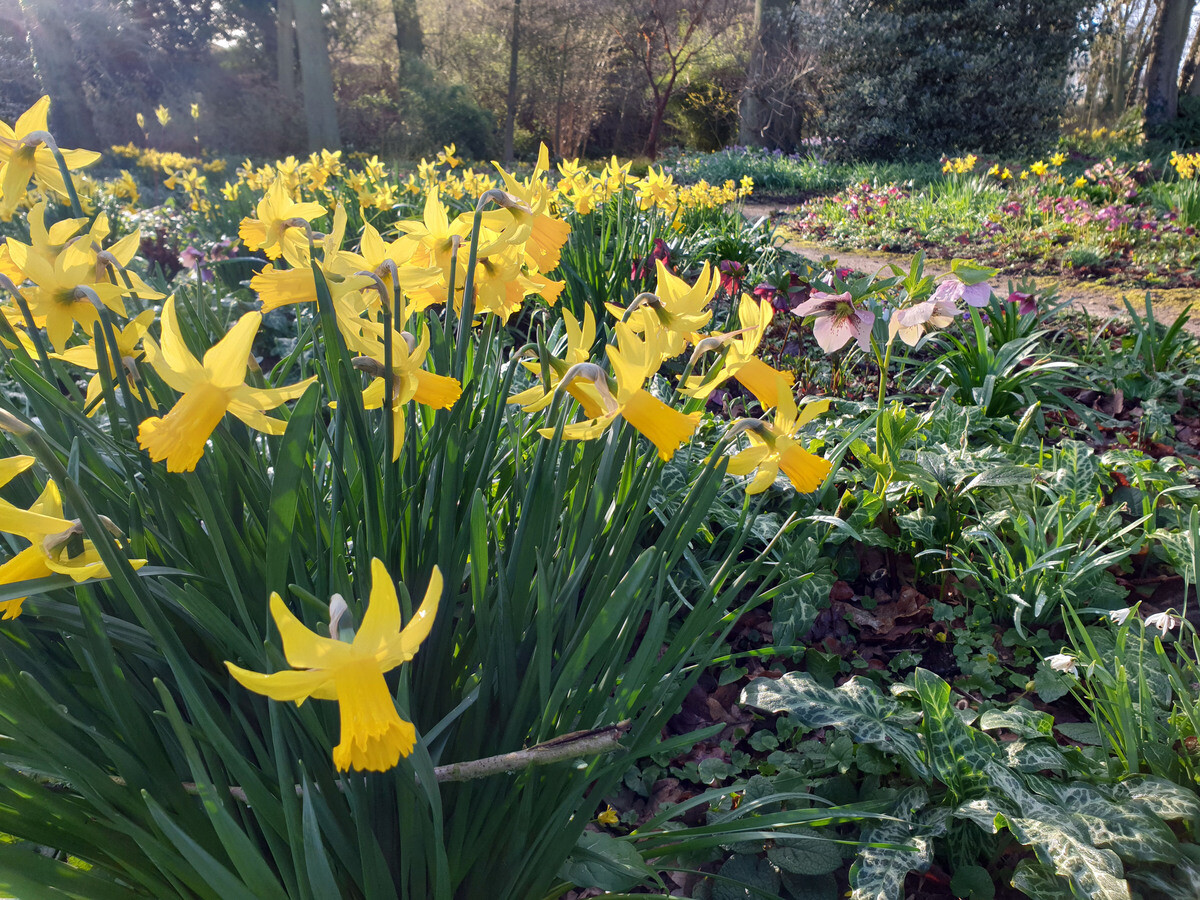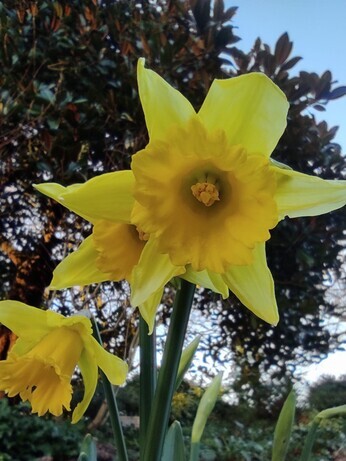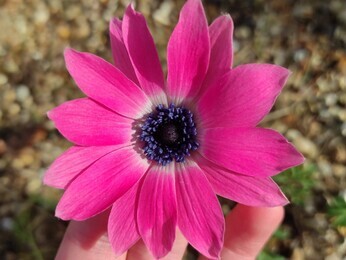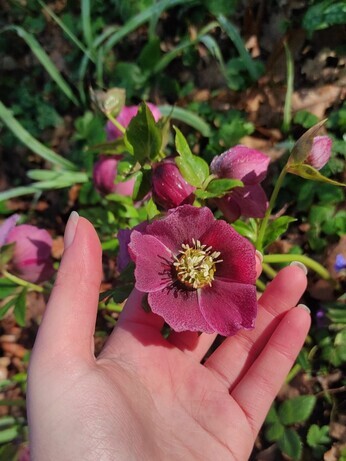Find out what the propagation and garden teams have been up to this week.

Spring plant folklores with apprentice Hannah

As March begins, we are starting to see all the early spring flowers bloom signalling the end of winter and emergence of spring! This time of year often brings to mind folklore, myths and stories, however, we are rarely encouraged to learn these intriguing stories whether we believe in them or not. So let me share with you some folklores and myths associated with my favourite early springtime flowers.

Daffodils bring both structure and colour into the garden. We have both tall daffodils which stand proud, such as Narcissus 'February Gold', but also small dainty ones like Narcissus cyclamineus sometimes found hiding within the ground cover. Daffodils are seen as good luck in Wales along with the saying ‘whoever sees the first daffodil of the year will be blessed with good luck and abundance all year round’. They are also a sign of honesty and faithfulness because you can always expect them to bloom. In addition to this, some places in the UK believe that good weather won't arrive until the last daffodil has died away.

Anemones are part of the Ranunculaceae family which is often referred to as the windflower family. They come in all shapes and colours making each one unique and interesting. In Victorian times, European peasants picked and carried them as they believed anemones could ward off pests, disease and bad luck. However, in Eastern cultures the flower of an anemone was considered a sign of bad luck and illness.

Hellebores are such a beautiful plant with so many vastly different varieties. They bring so much colour into our Woodland Garden and have definitely become one of my favourite plants. During the siege of Kirrha in 585 BC, hellebores were reportedly used by the Greeks to poison the city’s water supply. Subsequently the defenders were so weakened by stomach issues that they were unable to defend the city. A wide variety of hellebores contain three toxic ingredients: glycosides, saponin and helleborine, each of which have their own problems, but over all they can negatively affect the cardiovascular, neurological and gastrointestinal systems. As hellebores are so intensely toxic there are lots of stories and myths surrounding them.

Written by apprentice Hannah


COMMENTS